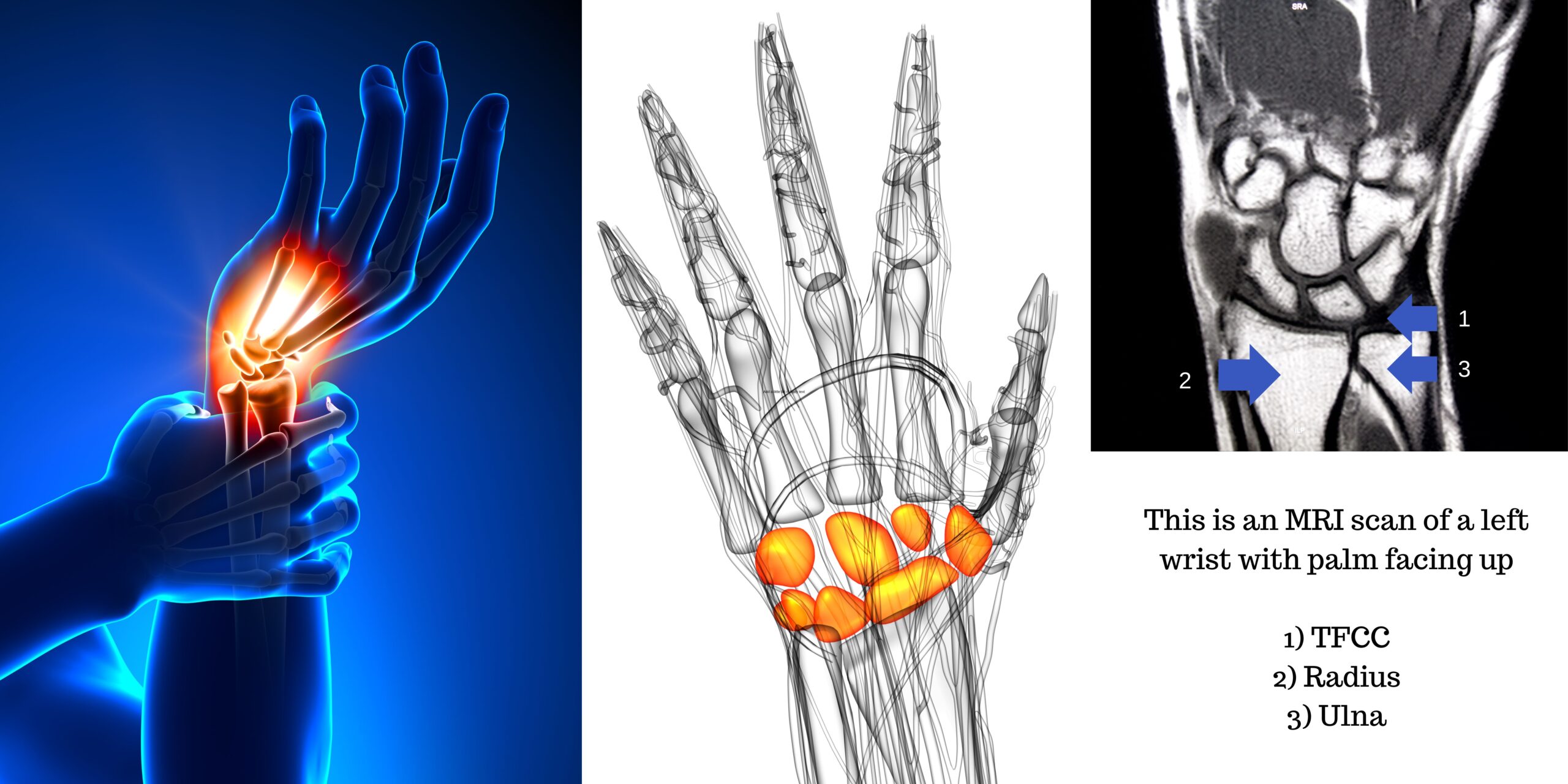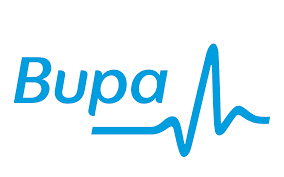"Easing" Wrist Discomfort: Unveiling a Common cause and Solution
Have you ever experienced any wrist pain that’s referring to the little finger (pinkie)? Often, the TFCC complex is involved. What is TFCC complex? The triangular fibrocartilage complex (TFCC) is a load-bearing structure located at the end of the Ulnar bone. The TFCC is made of tough fibrous tissue and cartilage. This tissue supports the joints between the end of the forearm bones (radius and ulna), adding to their stability. The TFCC also helps connect the forearm with the small bones in the ulnar side of the wrist The TFCC is triangular in shape and made up of several ligaments and cartilage including;
The articular disc (Shiny bit of cartilage between the ulna bone and your first row of carpal bones.)
The meniscus homologue (another shiny bit of cartilage which separates wrist bones to stop friction)
The ulnar collateral ligament (ligament at wrist between forearm and hand on pinkie side)
The volar and dorsal radioulnar ligaments (ligaments on front and back of your wrist between your two forearm bones)
The sheath of the extensor carpi (Shiny tunnel that some tendons run through)
Symptoms of injury to TFCC?
Pain in the wrist on the little finger side on twisting movements e.g. turning key, twisting door knob, racket sports etc
Weakness of grip
Sensation of instability in the wrist
Clicking
Swelling and restricted range of motion.
How does it get injured? High demand Sports, repetitive strain injuries (occupational) and falls on an outstretched hand. Injuries commonly occur in gymnastics, tennis, badminton, squash. Occupational strains such as restaurant staff and construction inplace huge amount of stress on the wrist. Typically initial symptoms are often ignored and the aggravating factors continue to cause further injury. Treatment options?
Rest from aggravating activities (up to 6 weeks)
Take advice from a professional (Physio, Osteopath, Chiropractor, Sports Therapist, S&C coach) in how to gradually strengthen the surrounding muscles without aggravating the symptoms.
Use tape and or braces / splints to offload the injured tissue
Consider shockwave therapy and laser therapy to speed up healing times
Manual therapy to maintain joint mobility and reduce stiffness.
If the above doesn't work consider joint injections and or surgery.
How do I book? For more information, why not book an assessment with an expert at Freedom Care Clinics @ www.freedomcareclinics.com
Blog Post Written By Cheuk Lam. Chartered Physiotherapist @ Freedom Care Clinics.

 Symptoms of injury to TFCC?
Symptoms of injury to TFCC?



